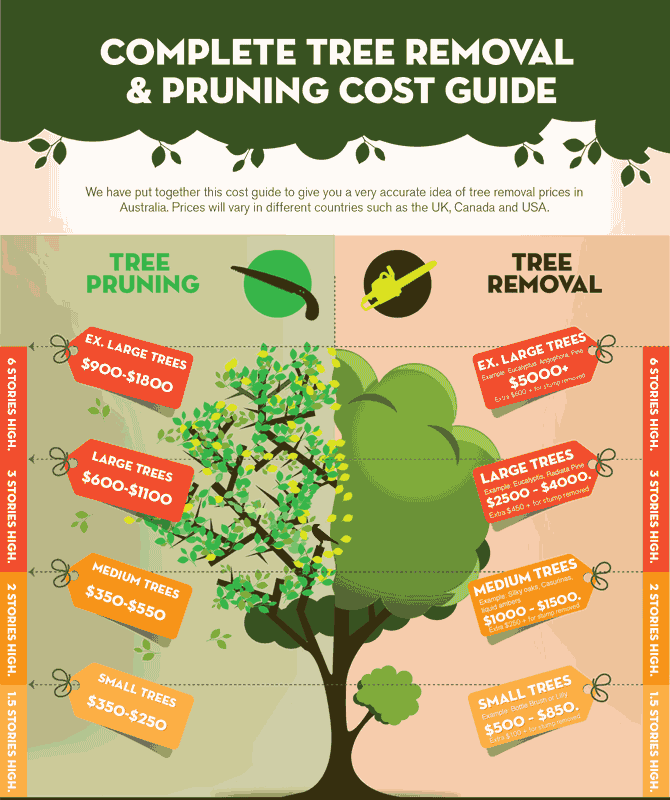Indications It's Time For Tree Removal: Just How To Determine Harmful Trees
Indications It's Time For Tree Removal: Just How To Determine Harmful Trees
Blog Article
Article Author-Harrell Skovsgaard
When it pertains to tree treatment, identifying the indicators that it's time for removal is necessary for your security and residential or commercial property. You could discover tarnished fallen leaves, wilting branches, or weird fungal developments suggesting health problems. Architectural issues, like a significant lean or cracks in the trunk, can likewise present threats. Comprehending these indication can help you make informed choices regarding your trees and prevent potential risks hiding in your lawn. What should you search for next?
Indicators of Degeneration and Disease
When you discover indicators of degeneration and condition in your trees, it's essential to act promptly. Seek blemished fallen leaves, wilting branches, or uncommon developments like fungi. These can suggest that your tree is battling.
If you see fractures in the bark or soft, mushy wood, these signs and symptoms recommend interior degeneration. Furthermore, an unexpected rise in parasites around your tree can signify that it's deteriorated and at risk.
Check for any kind of dead or passing away arm or legs, as they position a risk to your residential or commercial property and security. If you're uncertain about what you see, seeking advice from an arborist can give clarity.
Addressing these signs early can conserve you from much more substantial damage and make sure the health and wellness of your backyard. Don't wait until it's too late.
Structural Instability and Leaning
As you observe your trees, keep an eye out for any signs of architectural instability or leaning. If a tree leans substantially, it might show that the root system is compromised.
Seek any cracks in the trunk or dirt around the base; these can signify possible failing. Additionally, look for unusual growth patterns, like an unbalanced crown, which might suggest that the tree is struggling to hold itself upright.
If you discover that the tree leans toward your home, power lines, or various other structures, it poses a better threat. Don't neglect these signs-- speak with an arborist to assess the situation.
Doing something about it early can prevent costly damages and guarantee your safety.
Dead or Dying Branches and Foliage
If you see dead or passing away branches and vegetation on your tree, it's a clear indicator that something's incorrect.
These undesirable areas can show underlying concerns like illness, bug problems, or environmental stress. When branches lose their leaves or turn brown, they're no more adding to the tree's health. Ignoring https://www.newsday.com/lifestyle/home-and-garden/landscaping-virtually-long-island-1.44075239 could cause more decline, making your tree extra harmful.
Dead branches can conveniently break off during tornados, posturing a risk to property and individuals close by. It's critical to analyze the degree of the damages.
If the trouble affects a considerable part of the tree, take into consideration getting in touch with an expert. They can aid identify if elimination is required to make sure security and maintain the elegance of your landscape.
Verdict
If you discover any kind of signs of decay, architectural instability, or dead branches on your trees, don't overlook them. https://drive.google.com/file/d/1TQx4fnjXGAiVqnbQroIFR1icCgfyRz4U/view?usp=sharing can present significant security dangers to you and your residential or commercial property. It's constantly best to consult a specialist arborist who can give an expert analysis of your trees. Taking action early can prevent crashes and pricey damages, ensuring your landscape continues to be risk-free and healthy and balanced. Keep in mind, it's far better to be positive concerning tree care than to await a disaster to take place.
